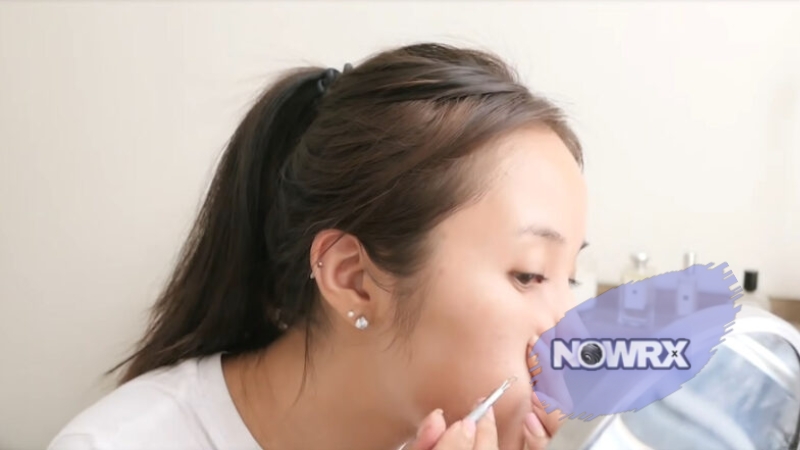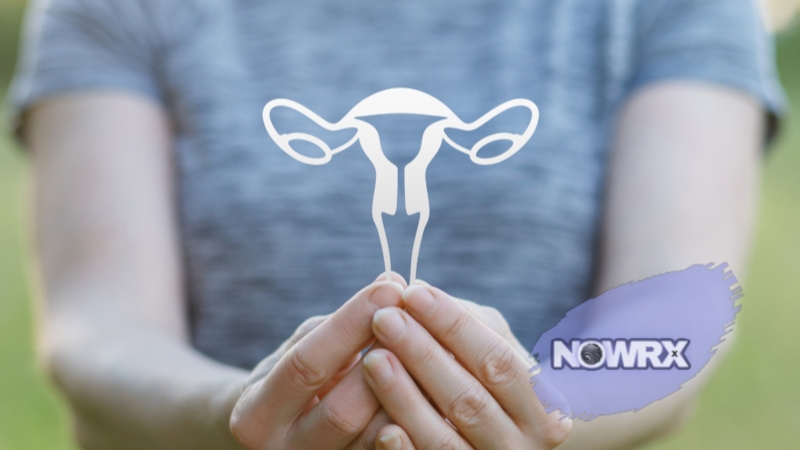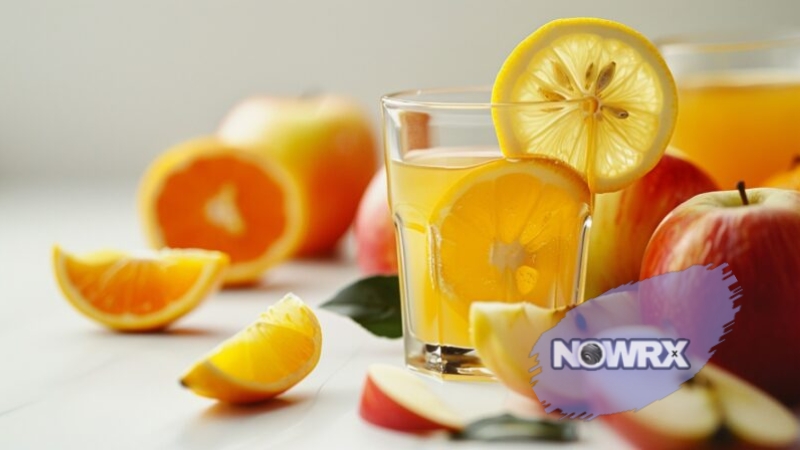Whiteheads are a common skin issue, arising from clogged pores. Dead skin cells, sebum, and impurities contribute to this problem. Such blemishes can impact both appearance and self-esteem. Effective removal strategies are often sought after.
A combination of targeted treatments and preventive measures is essential for maintaining clear skin. Over-the-counter products can provide relief. However, establishing proper skincare routines is crucial for prevention.
For persistent or severe cases, consulting a dermatologist is advisable. A professional can offer access to more potent treatments.
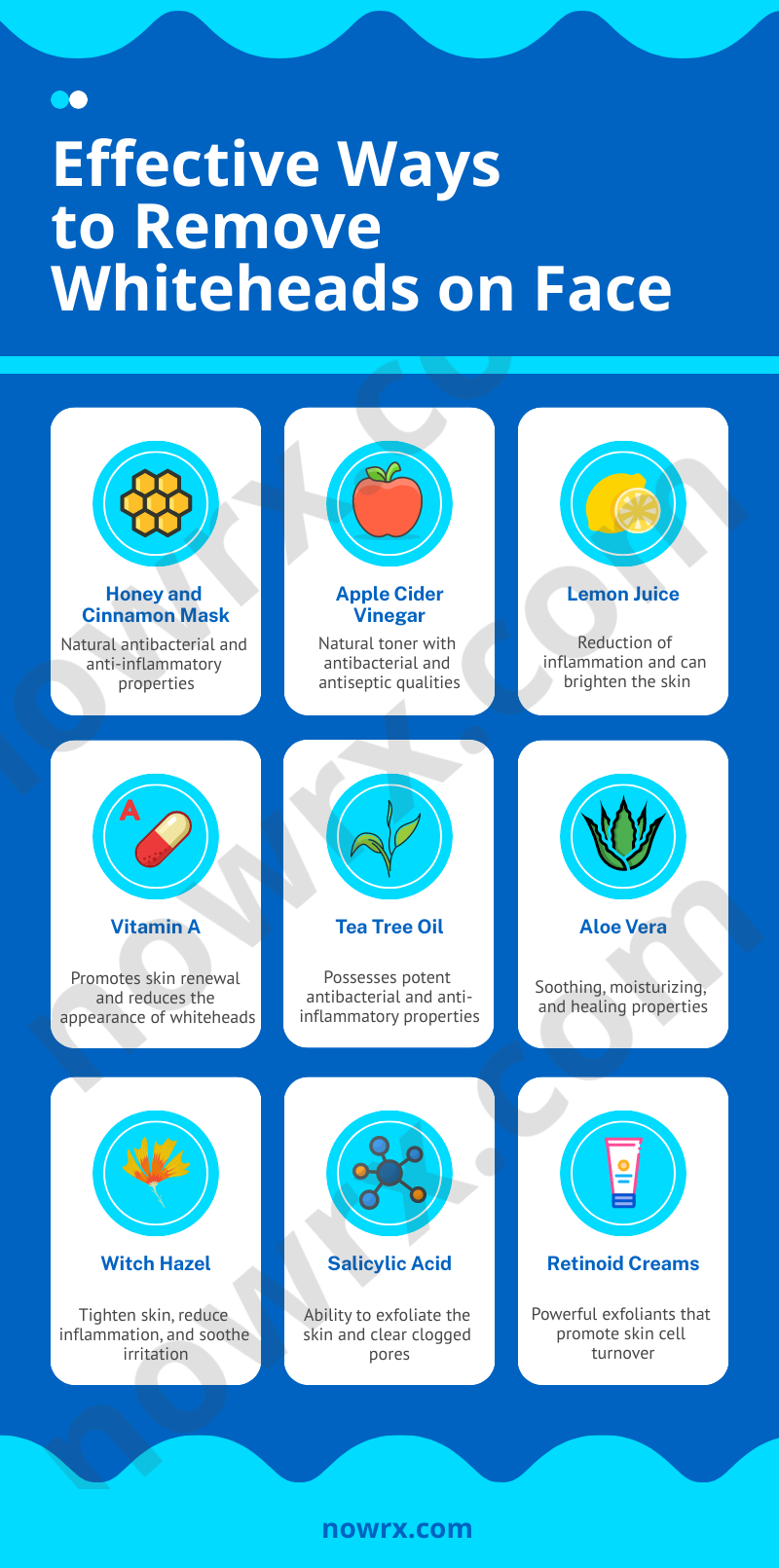
1. Honey and Cinnamon Mask

Honey and cinnamon combine to form a potent mask capable of fighting whiteheads due to their natural antibacterial and anti-inflammatory properties.
Honey, particularly Manuka honey, offers intense moisturization and bacteria-fighting capabilities, making it excellent for acne-prone skin.
Cinnamon, on the other hand, enhances circulation and has antimicrobial properties, which can reduce the bacteria that cause acne.
How to Use?
Mix three tablespoons of honey with one tablespoon of cinnamon to form a paste. Apply this mixture to the face or affected area and leave it for 10-15 minutes before rinsing off with warm water. For best results, use this mask twice a week.
This ingredient is listed as one of the best natural products you can use for a clean and attractive face.
Main Benefits
The mask not only targets whiteheads by clearing clogged pores but also reduces inflammation and prevents future breakouts. It’s a natural remedy that avoids harsh chemicals, minimizing the risk of skin irritation.
Noori Al-Waili says that the “wound healing properties of honey include stimulation of tissue growth, enhanced epithelialization, and minimized scar formation.”
2. Apple Cider Vinegar Application
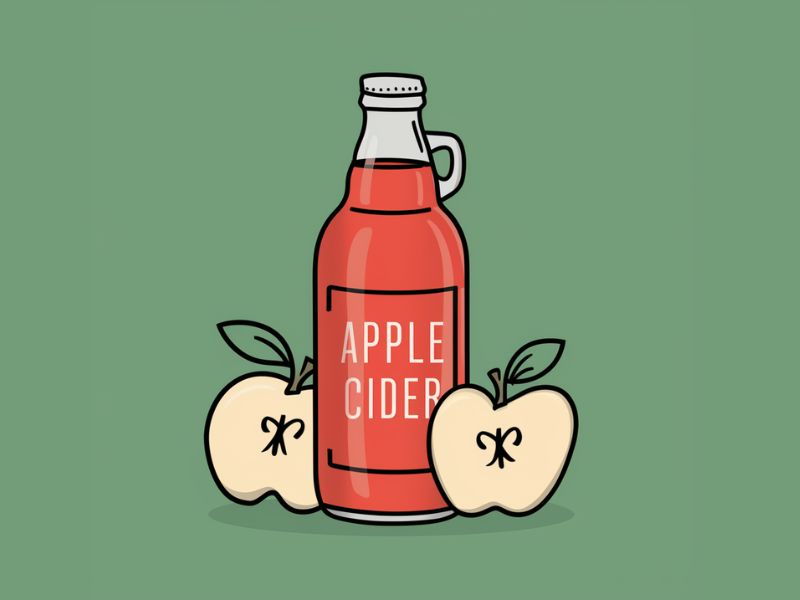
Apple cider vinegar acts as a natural toner with antibacterial and antiseptic qualities, thanks to its acetic acid content.
It helps balance the skin’s pH, reducing the likelihood of further whitehead formation. ACV also contains alpha hydroxy acids that exfoliate the skin, removing dead skin cells and promoting a healthy complexion.
How to Use?
Dilute apple cider vinegar with water (one part vinegar to three parts water) to prevent irritation. Apply the solution to the skin using a cotton ball, leave it for about 20 minutes, and then rinse off. Use this treatment once a day, preferably in the evening, to avoid sun sensitivity.
Main Benefits
Regular application can lead to a decrease in whitehead occurrence, pore size reduction, and an improvement in skin texture. However, it’s crucial to note that ACV may be too harsh for sensitive skin types, and a patch test is recommended before full application.
Apple cider vinegar contains malic acid, an exfoliant that helps to improve skin texture and reduce the signs of aging.
3. Lemon Juice Treatment
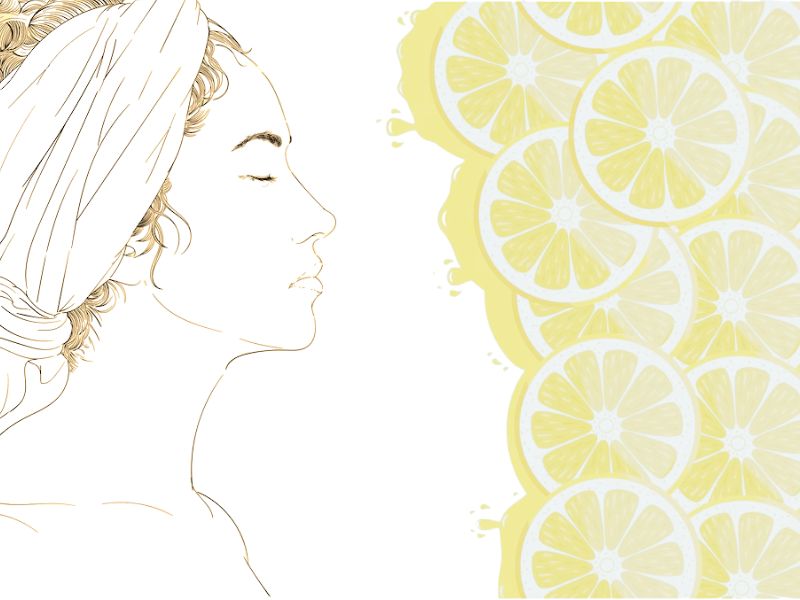
Lemon juice is renowned for its vitamin C content, a powerful antioxidant that aids in the reduction of inflammation and can brighten the skin.
Its natural acidity helps exfoliate the skin, removing dead skin cells that can lead to whiteheads, and acts as an astringent to tighten pores, reducing their appearance and preventing future clogging.
How to Use?
Squeeze fresh lemon juice and dilute it with water to mitigate potential skin irritation (half lemon juice, half water is a standard ratio). Apply the mixture to the affected areas with a cotton ball, leave it for 10-20 minutes, and then rinse off with lukewarm water. Due to lemon juice’s photosensitizing effects, it’s best applied in the evening, and always apply sunscreen if going out the next day.
Main Benefits
Lemon juice can decrease oil production, diminish the visibility of scars, and enhance overall skin texture. However, caution is advised for those with sensitive skin or those allergic to citrus, as lemon juice can cause irritation or dryness.
Lemon juice’s high pH level can disrupt the skin’s acid mantle, making it crucial to balance its use with moisturizing ingredients.
4. Vitamin A Cream
Vitamin A cream, including over-the-counter retinol and prescription retinoids, promotes skin renewal and reduces the appearance of whiteheads by preventing the clogging of pores.
It increases cell turnover, pushing out the plugs of dead skin cells and sebum that form whiteheads, and has been shown to improve skin texture and tone.
How to Use?
Apply a pea-sized amount of vitamin A cream to clean, dry skin at night, starting with every other night to gauge skin tolerance. Gradually increase to nightly use as tolerated. It’s important to use sunscreen during the day, as vitamin A can make the skin more sensitive to sunlight.
However, it is crucial to be cautious with the intake. According to Dr. Leslie Baumann: “You should never take more than 10,000 IU per day even if you are not pregnant because high levels of Vitamin A can cause many issues including hair loss. It is better to eat foods high in Vitamin A and apply retinoids topically, than to take supplements.”
Main Benefits
Consistent use of vitamin A cream can significantly reduce the occurrence of whiteheads, minimize pore size, and diminish signs of aging such as fine lines and wrinkles. It’s crucial for users to follow product directions and start with lower concentrations to minimize irritation.
5. Tea Tree Oil

Tea Tree Oil, derived from the leaves of the Melaleuca alternifolia tree, possesses potent antibacterial and anti-inflammatory properties, making it an effective treatment for whiteheads. Its ability to combat bacteria and reduce inflammation helps to clear up existing blemishes and prevent new ones from forming.
How to Use?
Due to its strength, dilute tea tree oil with a carrier oil—such as coconut or almond oil—before application (a ratio of 1 part tea tree oil to 9 parts carrier oil is recommended). Apply the diluted solution directly to the affected areas using a cotton swab. For best results, use once or twice daily after cleansing the skin.
Main Benefits
Tea tree oil can significantly reduce the number and severity of whiteheads over time without the harshness of chemical treatments. Its natural origin makes it a suitable option for those looking for alternative remedies. However, it’s important to conduct a patch test before widespread use, as some individuals may experience irritation.
A study provided by B. Bassett proves that a 5% tea tree oil solution was nearly as effective as a 5% benzoyl peroxide
6. Aloe Vera
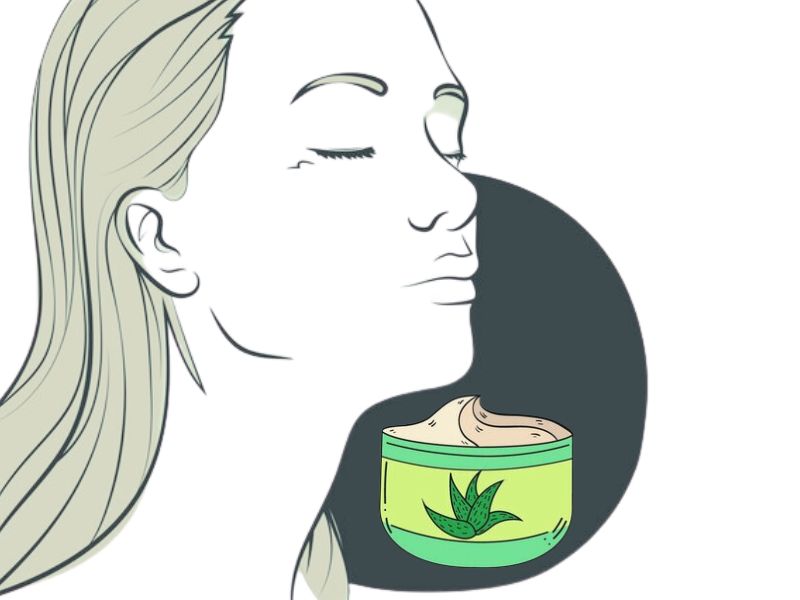
Aloe Vera is celebrated for its soothing, moisturizing, and healing properties. It contains salicylic acid and sulfur, which are both used in acne treatment, making it an effective remedy for whiteheads. Aloe Vera also helps in healing scars and reducing inflammation.
How to Use?
Apply pure aloe vera gel extracted from the leaf of an aloe plant directly to the skin, or use a store-bought gel that contains a high percentage of aloe vera. It can be applied on its own or mixed with other treatments, such as tea tree oil, to enhance effectiveness. Leave it on as an overnight treatment or for at least 30 minutes before rinsing.
Main Benefits
Regular application of aloe vera can help treat and prevent whiteheads by providing antibacterial and anti-inflammatory benefits, hydrating the skin, and accelerating wound healing. It’s especially beneficial for sensitive skin types due to its gentle nature.
Aloe vera contains lupeol, salicylic acid, urea nitrogen, cinnamic acid, phenols, and sulfur, all of which inhibit bacteria that might cause acne.
7. Witch Hazel

Witch Hazel is a natural astringent derived from the leaves and bark of the Hamamelis virginiana plant. It is known for its ability to tighten skin, reduce inflammation, and soothe irritation, making it an effective remedy for whiteheads. Its tannins have powerful antioxidant properties that help in reducing acne-causing bacteria and excess oil.
How to Use?
Apply witch hazel extract with a cotton ball directly to the cleansed skin, focusing on areas prone to whiteheads. It can be used up to twice daily, in the morning and evening. Witch hazel can serve as a toner in a skincare routine, preparing the skin for moisturizers or other treatments.
Main Benefits
Regular use of witch hazel can decrease the appearance of pores, control oil production, and prevent the formation of whiteheads. It’s also beneficial for calming redness and inflammation associated with acne. However, those with extremely dry or sensitive skin should use it sparingly to avoid irritation.
Witch hazel contains gallic acid and tannins, powerful antioxidants that can help prevent collagen breakdown and skin damage.
8. Benzoyl Peroxide
Benzoyl Peroxide is a well-known over-the-counter acne treatment that works by killing acne-causing bacteria beneath the skin and drying out existing blemishes. It is particularly effective against whiteheads due to its ability to penetrate the skin and clear clogged pores.
How to Use?
Start with a low concentration (2.5% to 5%) to minimize potential skin irritation. Apply a thin layer of benzoyl peroxide cream or gel to the affected areas once daily, gradually increasing to twice daily if your skin tolerates it without irritation. Avoid contact with hair and dyed fabrics, as benzoyl peroxide can bleach them.
Main Benefits
Benzoyl peroxide significantly reduces the bacteria on the skin surface, decreases inflammation, and helps clear clogged pores to prevent whiteheads. It can produce visible results in as little as five days, although it may take several weeks for significant improvement. Users should be aware of possible side effects such as dryness, redness, and peeling, which usually improve with continued use.
Benzoyl peroxide is unique among acne treatments in that it is resistant to antibiotic resistance, making it a long-term treatment option.
9. Salicylic Acid
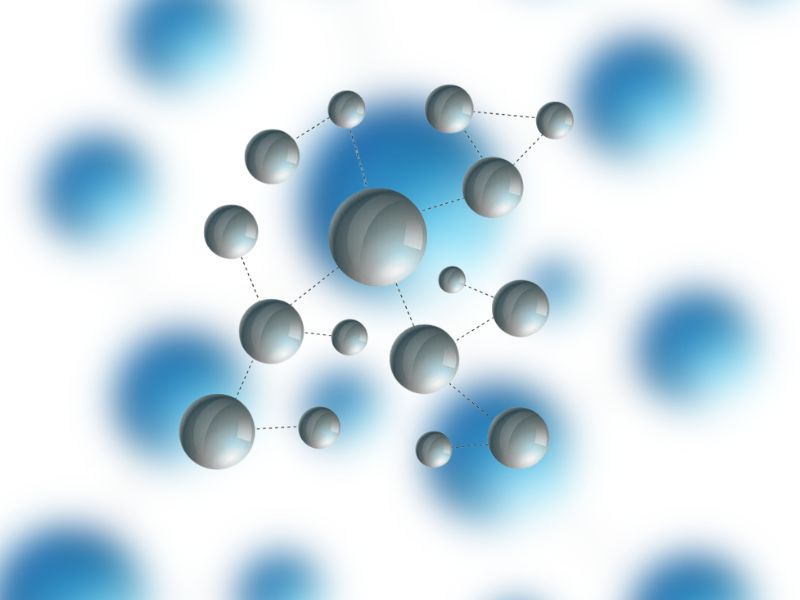
Salicylic Acid, a beta hydroxy acid (BHA), is renowned for its ability to exfoliate the skin and clear clogged pores, making it a staple ingredient in acne treatment. It works by dissolving dead skin cells and sebum that block the pores, thereby preventing the formation of whiteheads.
How to Use?
Salicylic acid is available in various forms, including cleansers, toners, spot treatments, and medicated pads. Start with a product containing a lower concentration of salicylic acid (around 0.5% to 2%) to gauge skin sensitivity. Apply it once daily, gradually increasing to twice daily as tolerated. Avoid using multiple products with salicylic acid at the same time to prevent over-drying the skin.
Main Benefits
Regular application of salicylic acid can lead to a reduction in whiteheads and blackheads, smoother skin texture, and diminished appearance of pores. It is also effective in preventing future breakouts by keeping pores clear. Users should note that while salicylic acid is generally well-tolerated, it may cause dryness or irritation in sensitive skin types, necessitating the use of a moisturizer.
Salicylic acid is lipid-soluble, allowing it to penetrate into oily skin and clogged pores more effectively than water-soluble treatments.
10. Retinoid Creams
Retinoid creams, derived from vitamin A, are powerful exfoliants that promote skin cell turnover, helping to unclog pores and reduce the formation of whiteheads. Prescription-strength retinoids (such as tretinoin) and over-the-counter retinol are available, offering varying degrees of efficacy.
How to Use?
Apply a pea-sized amount of retinoid cream to clean, dry skin at night, as exposure to sunlight can deactivate retinoids. Start by using the cream every other night, gradually increasing to nightly use as your skin adjusts. It’s critical to use sunscreen during the day, as retinoids can increase skin sensitivity to UV radiation.
Main Benefits
Retinoid creams can significantly improve skin texture, reduce acne lesions, including whiteheads, and diminish the appearance of fine lines and wrinkles over time. They can be particularly effective for persistent or severe acne that does not respond to other treatments. Initial use may cause skin irritation, redness, and peeling, which typically subside as the skin becomes accustomed to the treatment.
Retinoids are not just for acne; they are clinically proven to reduce fine lines and wrinkles by increasing the production of collagen. According to Mary Jo DiLonardo, it is perfect as an anti-aging solution.
11. Gentle Exfoliants
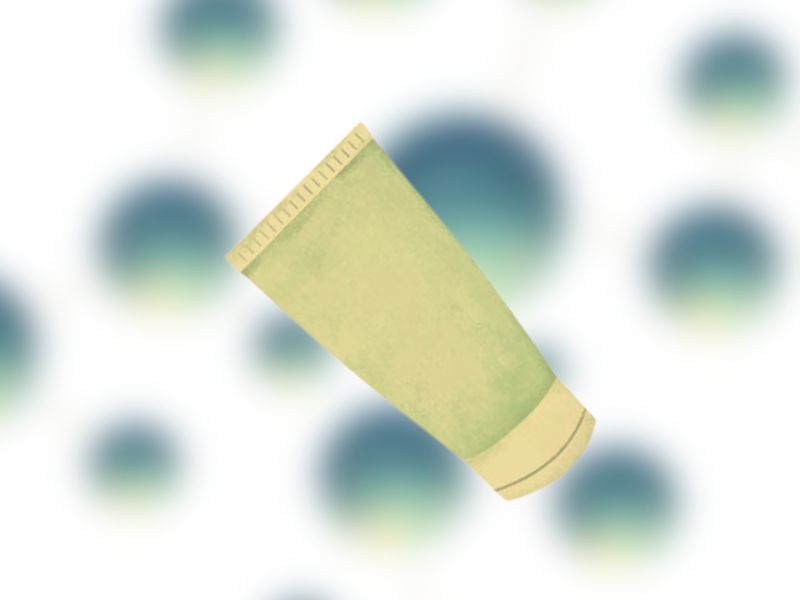
Gentle exfoliants play a pivotal role in the maintenance of clear skin by removing dead skin cells that can clog pores and lead to whiteheads. Unlike their harsher counterparts, gentle exfoliants minimize the risk of skin irritation and are suitable for all skin types, including sensitive skin.
How to Use?
Choose a product with small, smooth particles or a chemical exfoliant like lactic acid that is known for its mild action. Use gentle circular motions to apply the exfoliant to wet skin, avoiding vigorous scrubbing, which can damage the skin barrier. Limit exfoliation to 1-2 times per week to prevent over-exfoliation, which can lead to increased oil production and irritation.
Main Benefits
Regular use of gentle exfoliants can enhance skin texture, promote even skin tone, and prevent the buildup of dead skin cells that contribute to whiteheads. By keeping the pores clear, these products help maintain a smoother, clearer complexion and reduce the likelihood of future breakouts.
Polyhydroxy acids (PHAs) are a type of gentle chemical exfoliant that are effective yet less likely to irritate the skin than AHAs and BHAs.
FAQs
Why do I have so many whiteheads after a facial?
Whiteheads are caused by clogged pores, which can be triggered by increased oil production, hormonal changes, or irritation. A facial may temporarily increase oil production or irritate your skin, leading to more whiteheads.
Should you squeeze whiteheads?
No, you should not squeeze whiteheads. Squeezing can damage your skin, cause inflammation, infection, or scarring. It can also push the bacteria deeper into your pores, making the problem worse.
Does ice get rid of pimples?
Ice can help reduce the swelling, redness, and pain of pimples. However, it does not get rid of the bacteria or oil that cause them. Ice is best used as a temporary relief for inflamed pimples.
Does sleeping early reduce acne?
Sleeping early may help reduce acne by improving your immune system, reducing stress, and regulating your hormones. Lack of sleep can weaken your immune system, increase stress, and disrupt your hormone balance, all of which can worsen acne. You should aim for at least seven to eight hours of sleep per night.
I’m Alastair Watt, a pharmacist with decades of experience in the industry. Recently, I’ve decided to pursue my writing passion, and it resulted in my content at nowrx.com and collaboration with many other websites.
Related Posts:
- Natural Remedies For Tightening A Vagina - Try These…
- How To Delay Menstruation With Home Remedies? Try…
- 10 Best Natural Cures for Chest Infection: Effective…
- Do Antibiotics Make You Tired? 4 Ways To Combat…
- Early Symptoms of Uterine Fibroids - Be Aware of…
- How Can I Reduce My Prescription Costs - 6 Effective Methods

